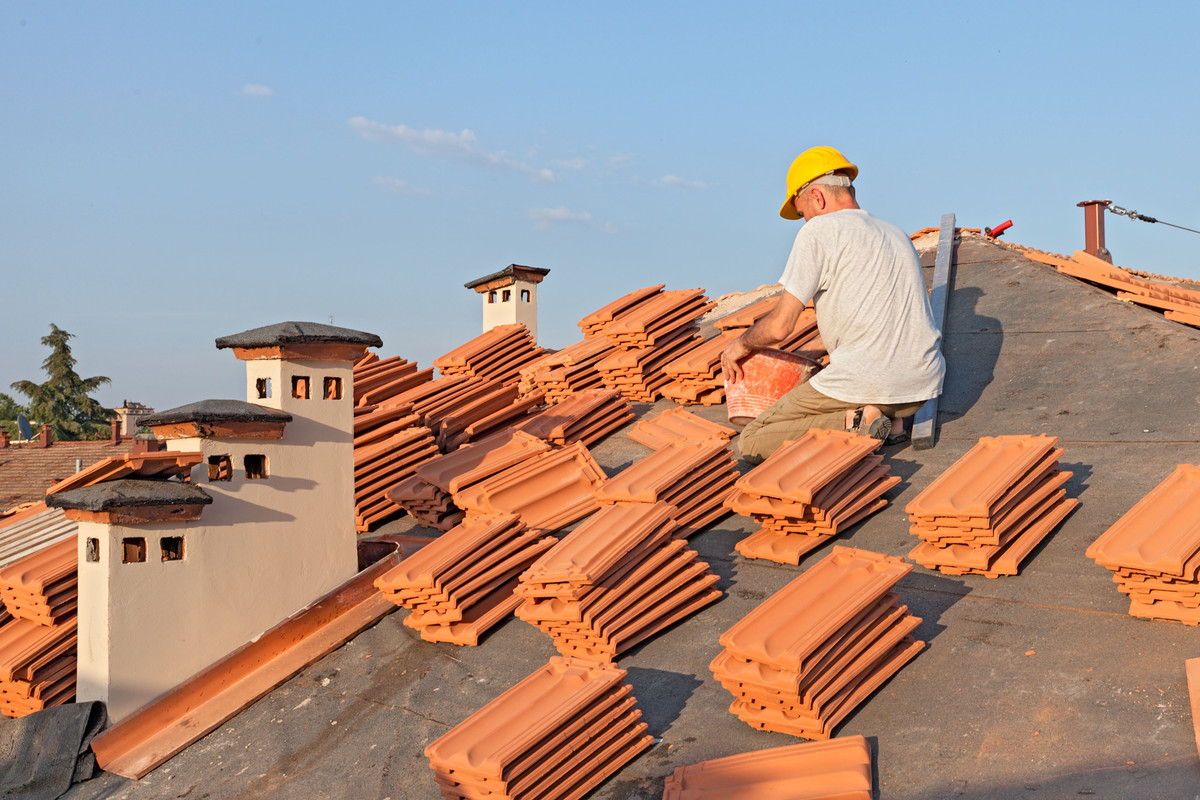Roof restoration is an essential aspect of maintaining your home’s structural integrity, curb appeal, and overall value. A well-maintained roof not only provides shelter and protection from the elements but also adds to the aesthetic appeal of your property. However, many homeowners often overlook the importance of roof restoration, leading to costly repairs or even roof replacement in the long run. In this comprehensive guide, we will discuss the signs that your roof may need restoration, the different types of roofing materials, and the steps involved in the roof restoration process. By the end of this article, you will have a better understanding of how to maintain your roof and prolong its lifespan.

Signs Your Roof Needs Restoration
There are several signs that your roof may need restoration, including:
– Age: Most roofs have a lifespan of 20-30 years, depending on the materials used. If your roof is approaching or has surpassed its expected lifespan, it may be time for a restoration.
– Damaged or missing shingles: Damaged shingles can lead to leaks, which can cause significant damage to your home’s interior. If you notice any cracked, curled, or missing shingles, it’s time to consider a roof restoration.
– Roof leaks: Leaks are a clear sign that your roof needs attention. If you notice any water stains or damp spots on your ceilings or walls, it’s essential to address the issue immediately.
– Sagging roof: A sagging roof is a sign of structural damage and should be addressed as soon as possible.
– Mold or mildew growth: Mold and mildew growth on your roof can lead to health issues for your family and damage to your home’s structure.
– Increased energy bills: A damaged or poorly insulated roof can lead to higher energy bills due to heat loss in the winter and heat gain in the summer.
Types of Roofing Materials
There are various roofing materials available, each with its own advantages and disadvantages. Some common roofing materials include:
– Asphalt shingles: Asphalt shingles are the most common roofing material due to their affordability and ease of installation. They have a lifespan of 20-30 years.
– Metal roofing: Metal roofing is durable, lightweight, and energy-efficient. It has a lifespan of 40-70 years but can be more expensive than asphalt shingles.
– Tile roofing: Tile roofing is made from clay, concrete, or slate and is known for its durability and resistance to fire and rot. It has a lifespan of 50-100 years but can be more expensive and heavier than other materials.
– Wood shingles: Wood shingles are made from cedar, redwood, or pine and have a natural, rustic appearance. They have a lifespan of 20-40 years but require more maintenance than other materials.
The Roof Restoration Process
The roof restoration process typically involves the following steps:
– Inspection: A professional roofing contractor will inspect your roof to determine its condition and identify any necessary repairs.
– Repair or replacement: Damaged or missing shingles will be repaired or replaced, and any leaks will be addressed.
– Cleaning: Your roof will be cleaned to remove dirt, debris, and any mold or mildew growth.
– Sealing: A protective sealant will be applied to your roof to help prevent future damage and prolong its lifespan.
– Painting: If needed, your roof may be painted to improve its appearance and provide additional protection.

Choosing the Right Roofing Contractor
Selecting the right roofing contractor is crucial for a successful roof restoration. Here are some tips for choosing the best contractor for your project:
– Research: Look for local contractors with a good reputation and positive customer reviews.
– Experience: Choose a contractor with experience in roof restoration and the specific materials used on your roof.
– Licensing and insurance: Ensure the contractor is licensed and insured to protect yourself from any potential liabilities.
– Written estimates: Obtain written estimates from multiple contractors to compare costs and services.
– Communication: Choose a contractor who communicates clearly and is responsive to your questions and concerns.
Roof Maintenance Tips
Regular roof maintenance can help prolong the lifespan of your roof and prevent the need for costly repairs. Some roof maintenance tips include:
– Inspect your roof regularly, especially after storms or severe weather.
– Clean your gutters and downspouts to prevent water damage.
– Trim overhanging branches to prevent damage from falling limbs.
– Remove debris, such as leaves and branches, from your roof.
– Address any signs of damage or leaks promptly.
Conclusion
Roof restoration is an essential aspect of maintaining your home’s value and structural integrity. By recognizing the signs that your roof may need restoration, choosing the right roofing materials, and following the proper restoration process, you can prolong the lifespan of your roof and protect your home from potential damage. Additionally, selecting the right roofing contractor and practicing regular roof maintenance can help ensure your roof remains in excellent condition for years to come.



